Lucian Freud is the son of an Austrian Jewish father, Ernst Ludwig Freud, an architect, and a German mother, Lucie née Brasch. He is the grandson of Sigmund Freud, brother of the late broadcaster, writer and politician Clement Freud (thus uncle of Emma and Matthew Freud) and of Stephan Gabriel Freud. He moved with his family to England in 1933 to escape the rise of Nazism. He became a British citizen in 1939, having attended Dartington Hall school in Totnes, Devon, and later Bryanston School.
Freud briefly studied at the Central School of Art in London then, with greater success, at Cedric Morris' East Anglian School of Painting and Drawing in Dedham, relocated in 1940 at Benton End near Hadleigh. He also attended Goldsmiths College - University of London from 1942-3. He served as a merchant seaman in an Atlantic convoy in 1941 before being invalided out of service in 1942. In 1943, Tambimuttu, the Ceylonese editor, commissioned the young artist to illustrate a book of poems by Nicholas Moore entitled "The Glass Tower". It was published the following year by Editions Poetry London and comprised, among other drawings, a stuffed zebra (-cum-unicorn) and a palm tree. Both subjects reappeared in The Painter's Room on display at Freud's first solo exhibition in 1944 at the Alex Reid & Lefevre Gallery. In the summer of 1946, he travelled to Paris before continuing to Greece for several months. Since then he has lived and worked in London.
In the early fifties the American artist Ronald Kitaj who was installed in London, named as "The School of London" a loose collection of individual artists who knew each other, some intimately, and were working in London at the same time in the figurative style. (It should be noted that this was during the boom years of abstract painting.) The group was led by figures such as Francis Bacon and Lucian Freud, and included artists such as Frank Auerbach, Michael Andrews, Robert Colquhoun, Robert MacBryde, Reginald Gray, Patrick Swift and Kitaj. (Most of these artists, including Freud, contributed to Swift's X magazine; Freud shared Swift´s studio on his frequent visits to Dublin in the early 1950s),
Freud's early paintings are often associated with surrealism and depict people, plants and animals in unusual juxtapositions. These works are usually painted with relatively thin paint.
From the 1950s he began to paint portraits, often nudes, to the almost complete exclusion of everything else, employing a thicker impasto. With this technique, he would often clean his brush after each stroke. The colours in these paintings are typically muted.
Freud's portraits often depict only the sitter, sometimes sprawled naked on the floor or on a bed or alternatively juxtaposed with something else, as in Girl With a White Dog (1951–52) and Naked Man With Rat (1977–78)[2]. The use of animals in his compositions is widespread, and often features pet and owner. Other examples of portraits with both animals and people in Freud's work include Guy and Speck (1980–81), Eli and David (2005–06) and Double Portrait (1985–86).[3] He has a special passion for horses, having enjoyed riding at school in Dartington, where he sometimes slept in the stables.[4] His portraits solely of horses include Grey Gelding (2003), Skewbald Mare (2004), and Mare Eating Hay (2006).
Freud's subjects are often the people in his life; friends, family, fellow painters, lovers, children. He said, "The subject matter is autobiographical, it's all to do with hope and memory and sensuality and involvement, really."[5]
In art critic Martin Gayford's 2010 book, Man with a Blue Scarf: On Sitting for a Portrait by Lucian Freud, Gayford chronicles the forty days he spent with Lucian Freud while sitting for his portrait. Gayford surmises that Freud seeks to capture his model's individuality by, as Gayford names it, his "omnivorous" gaze. Gayford also mentions that his final portrait seemed to “reveal secrets—ageing, ugliness, faults—that I imagine…I am hiding from the world...” - suggesting how sharp and penetrating Freud's gaze is.
"I paint people," Freud has said, "not because of what they are like, not exactly in spite of what they are like, but how they happen to be." Freud has painted fellow artists, including Frank Auerbach and Francis Bacon. He produced a series of portraits of the performance artist Leigh Bowery, and also painted Henrietta Moraes, a muse to many Soho artists. Freud is one of the best known British artists working in a representational style, and was shortlisted for the Turner Prize in 1989.
He was a visiting tutor at the Slade School of Fine Art of University College London from 1949-54.
In 1996, Abbot Hall Art Gallery in Kendal mounted a major exhibition of 27 paintings and thirteen etchings, covering the whole period of Freud's working life to date. The following year the Scottish National Gallery of Modern Art presented "Lucian Freud: Early Works". The exhibition comprised around 30 drawings and paintings done between 1940 and 1945[8]. This was followed by a large retrospective at Tate Britain in 2002. During a period from May 2000 to December 2001, Freud painted Queen Elizabeth II. There was criticism of this portrayal of the Queen in some sections of the British media. The highest selling tabloid newspaper, The Sun, was particularly condemnatory, describing the portrait as "a travesty".[9] In late 2007, a collection of Freud's etchings titled "Lucian Freud: The Painter’s Etchings" went on display at the Museum of Modern Art.[10]
In May 2008, his 1995 portrait Benefits Supervisor Sleeping was sold by auction by Christie's in New York City for $33.6 million, setting a world record for sale value of a painting by a living artist.[11]
In November 2008, letters written by Freud were obtained by The Independent under the Freedom of Information Act. They detail his bitter dispute with some of the most powerful figures in the art world after he was asked to represent Britain at the 1954 Venice Biennale, the world's leading contemporary art exhibition. The publicity-shy portrait painter locked horns with gallery officials after a selection committee rebuffed his suggestions of works to show in Italy. The article includes a copy of the letter written by Freud to the British Council complaining about the selection process
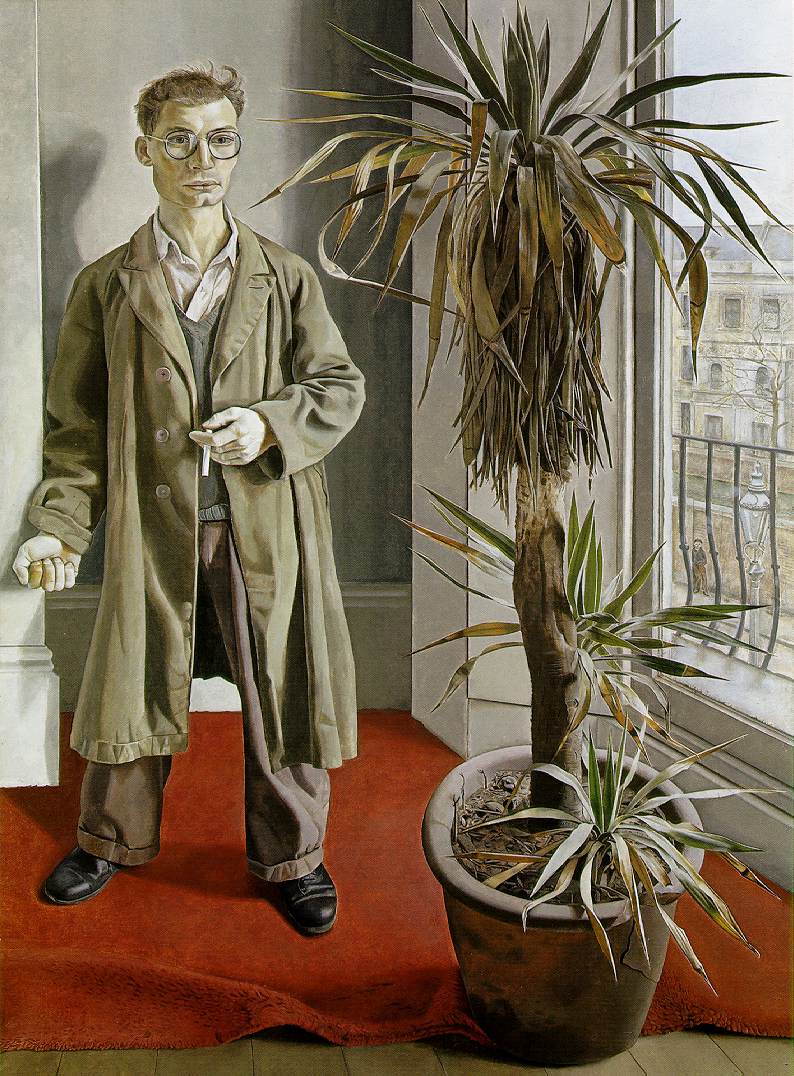
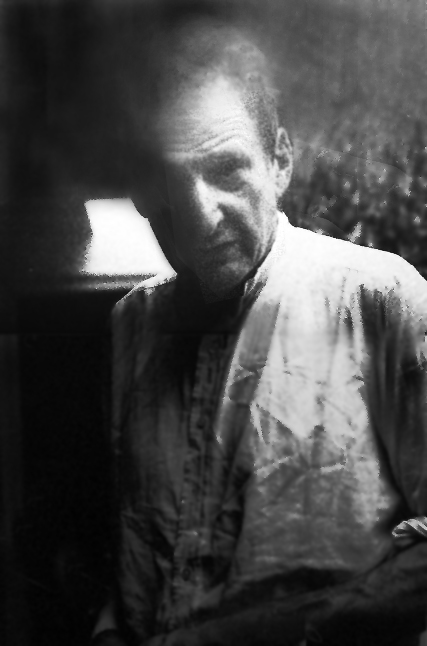
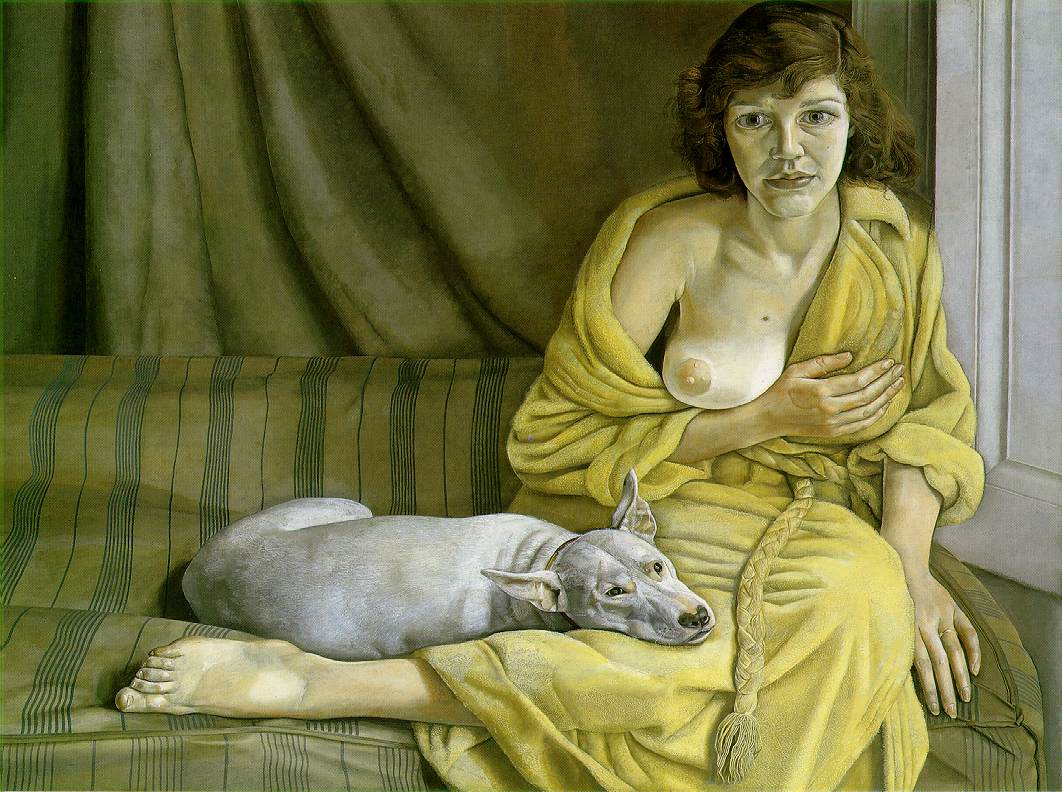
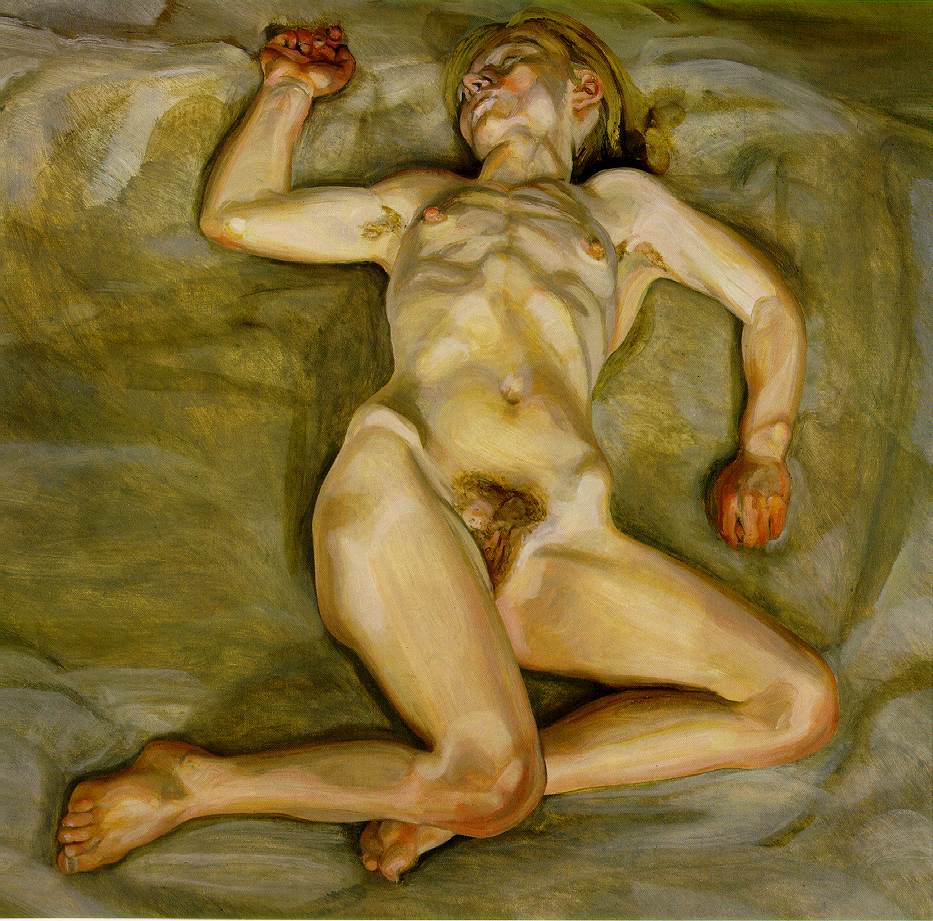
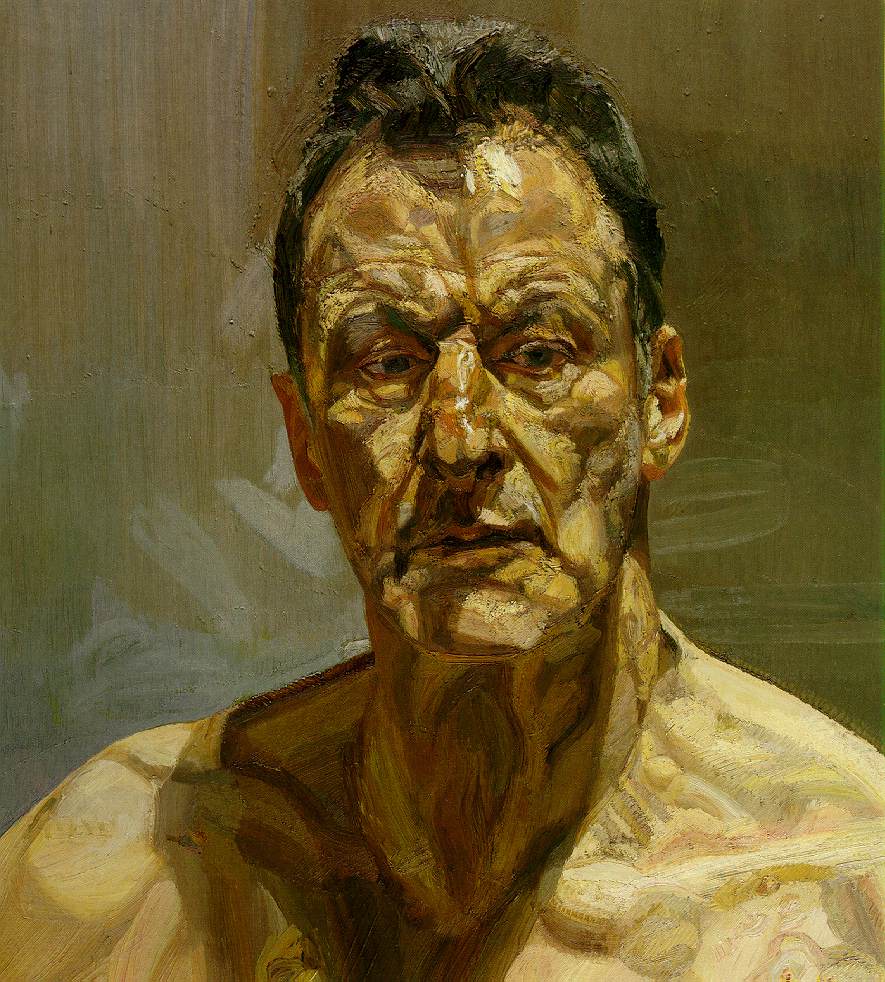
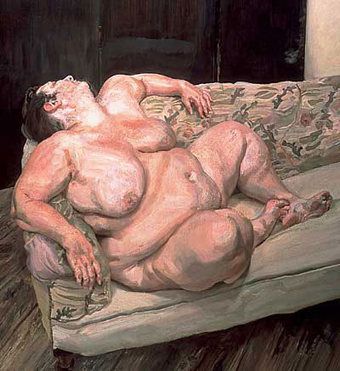
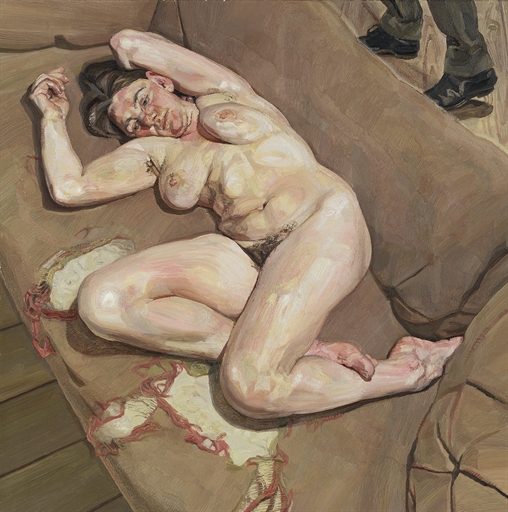
Aucun commentaire:
Enregistrer un commentaire